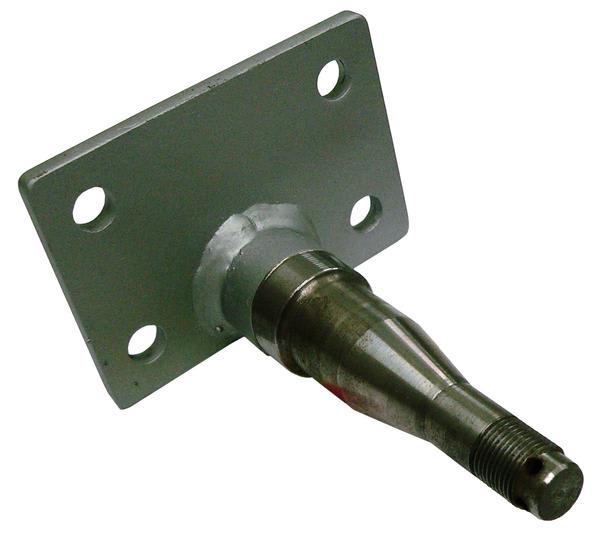First off, have you determined what strength you need? Also, what are the toughness requirements?
If you only need to get up to 85/40 ksi (tensile/yield) you can do that with a modified 1018. A little more Mn and maybe Mo along with a quench and temper can give you those strengths with decent toughness that is easily weldable. We would cast a modified LCC material like this that was welded into the truck of passenger rail cars.
If you need more strength, I like an 8620 material. It is not just a carburizing grade. However, you will need a bit of preheat and probably a draw after welding depending on the toughness that you need in the HAZ. We would use a bit higher carbon grade of 8625 to go from 90/60 ksi up to 120/100 ksi.
4130 seems to be overkill, especially if you plan to weld it with ER70S-6 wire. It is a good way to get good strength without paying for the Ni in 8620. carbon and Cr are cheaper ways to go, however you will have a more difficult time welding it. You will need preheat and a draw after welding.
I think you need to better understand the strength and toughness that is actually required before just swapping out materials.
Bob




